Some Parts of Your Sin Need to Be Embraced
Identifying the Holiness of Your Addictions
Chassidus: Likkutei Torah Rosh Hashanah - Mi Keil Kamocha #6
- September 18, 2019
- |
- 18 Elul 5779
Rabbi YY Jacobson
867 views- 4Comment
- Call-in
Listen to the class on the phone
Call +1 (845) 201-1933
When prompted, dial the ID number below.
7153 MP3 MP4 Source Sheets - Copy Embed
Dedicated by Miriam Leeba Spiro
Class Summary:
This class was presented on Parshas Ki Savo, 18 Elul, 5779, September 18, 2019 at the Ohr Chaim Shul, Monsey, NY
Tags
Categories
Show More
Chassidus: Likkutei Torah Rosh Hashanah - Mi Keil Kamocha #6
Rabbi YY Jacobson
- September 18, 2019
- |
- 18 Elul 5779
- |
- 867 views
Dedicated by Miriam Leeba Spiro
Classes in this Series
Please help us continue our work
Sign up to receive latest content by Rabbi YY
Join our WhatsApp Community
Join our WhatsApp Community





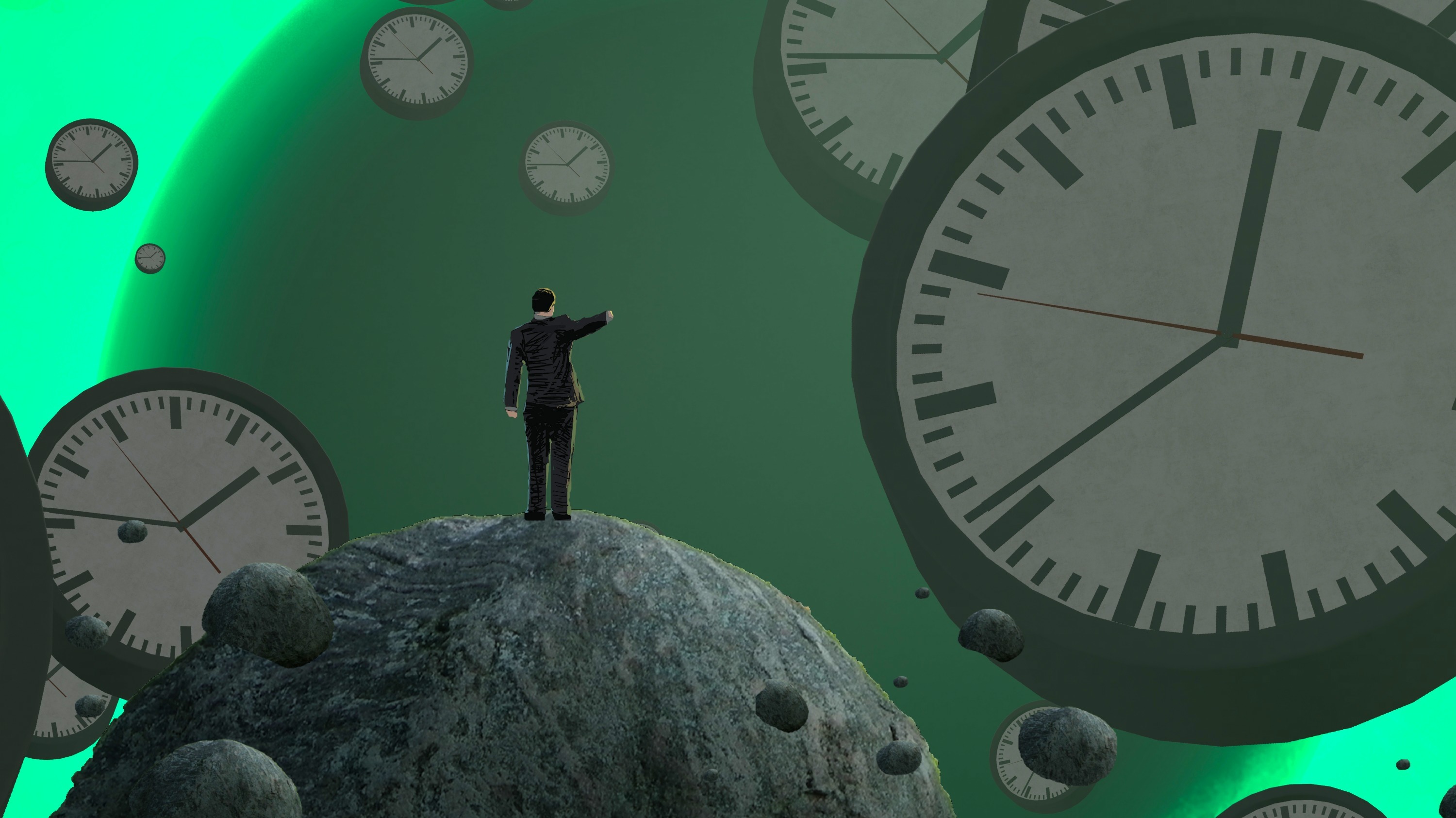
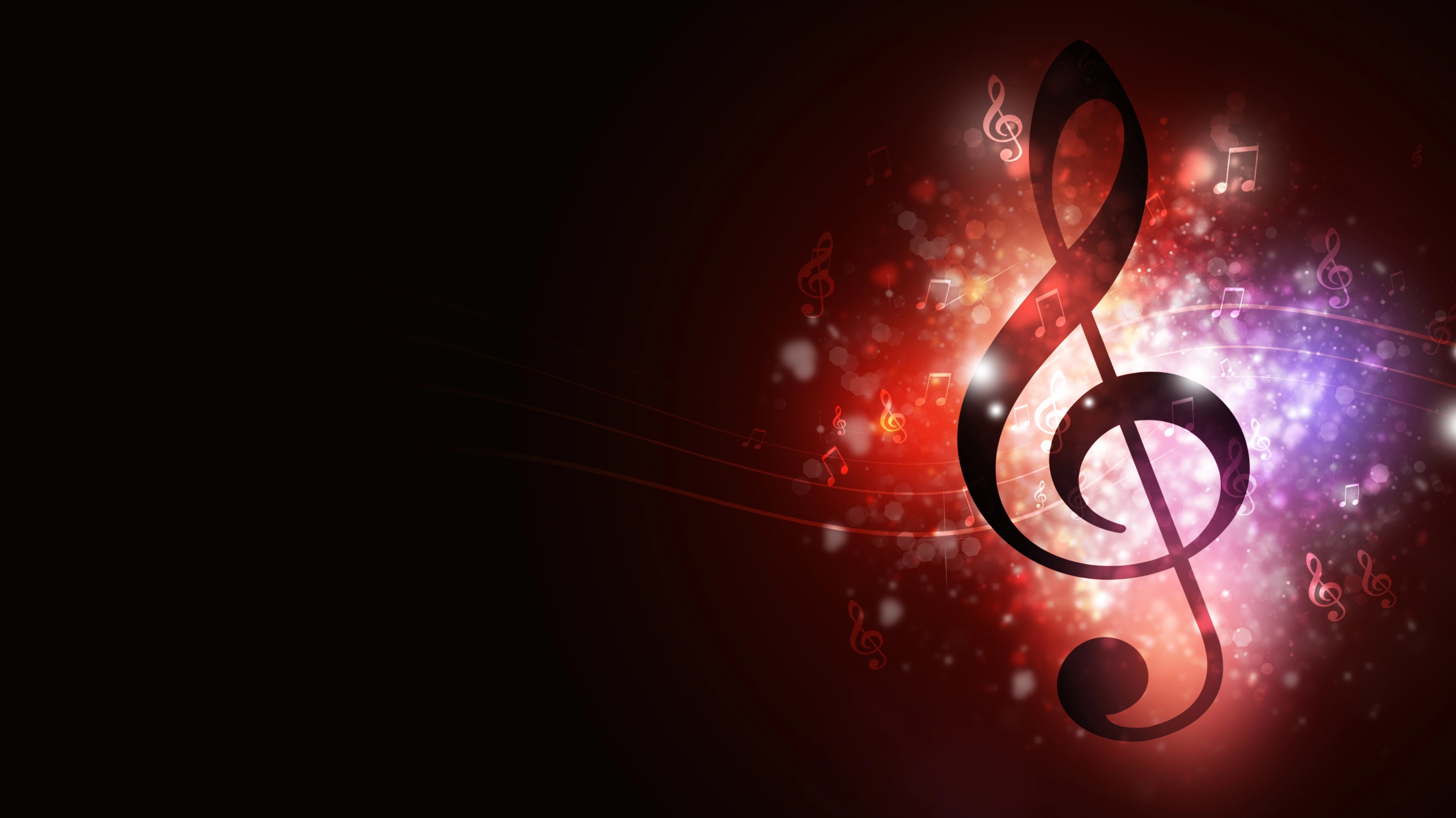
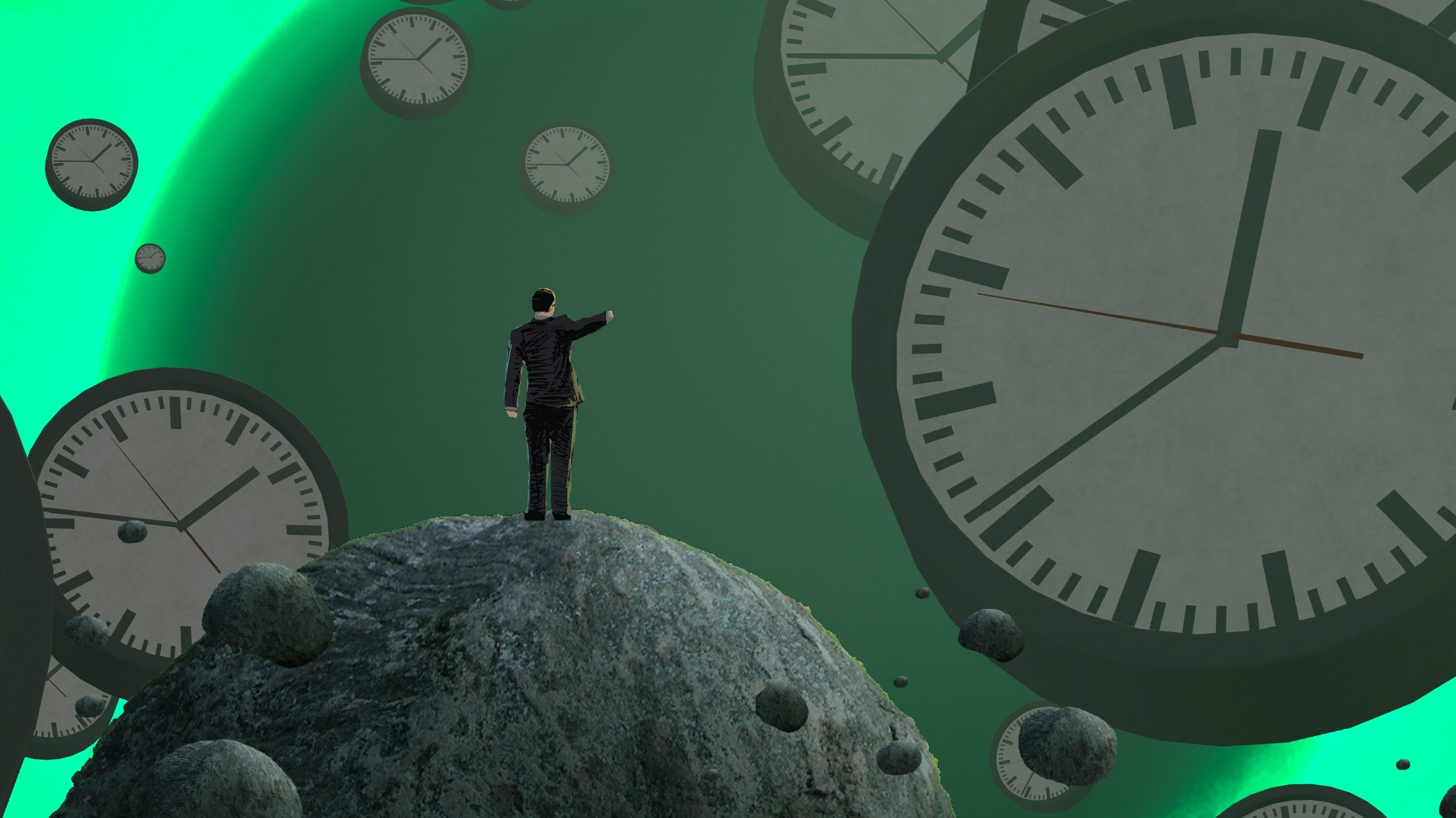
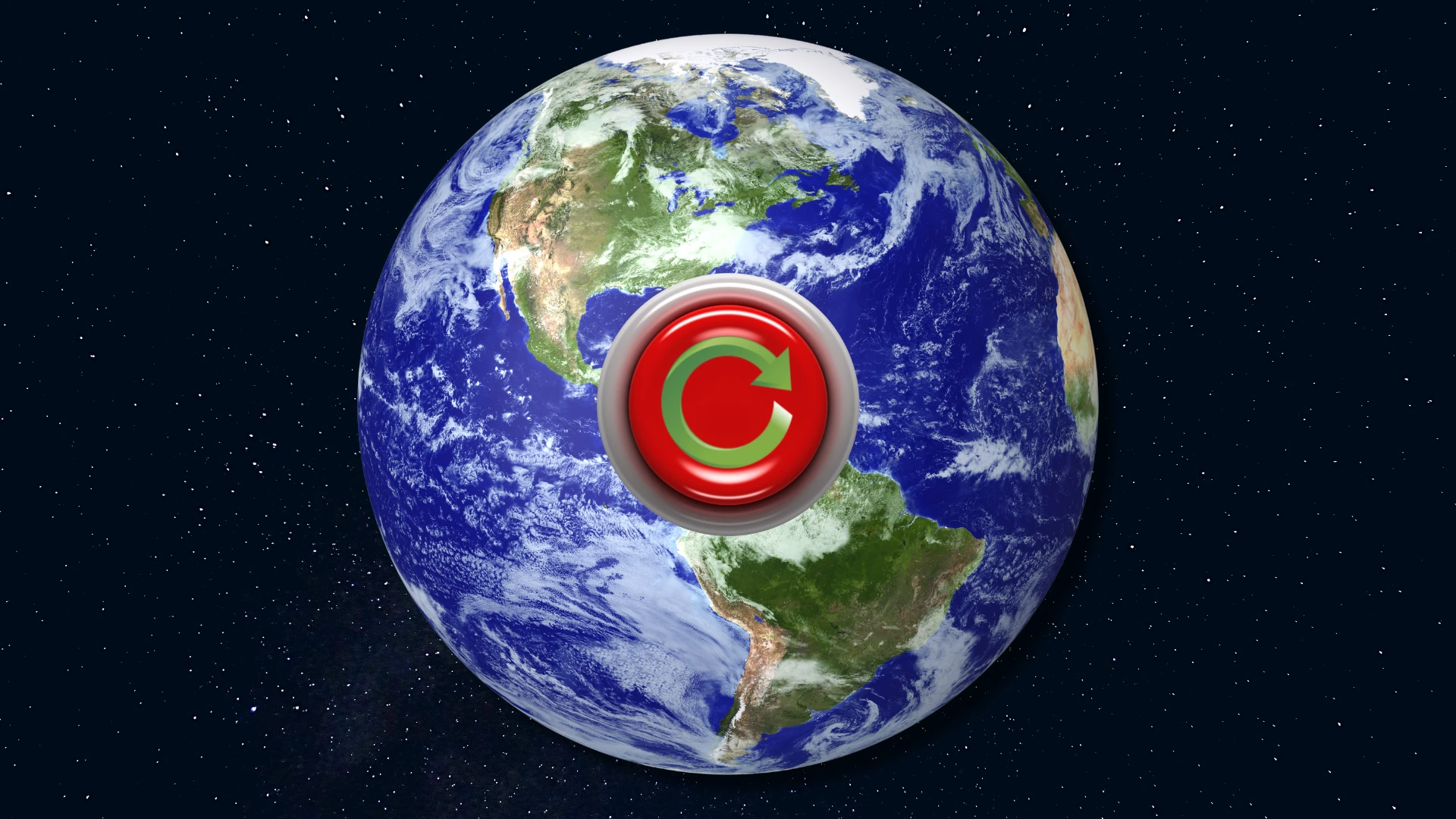
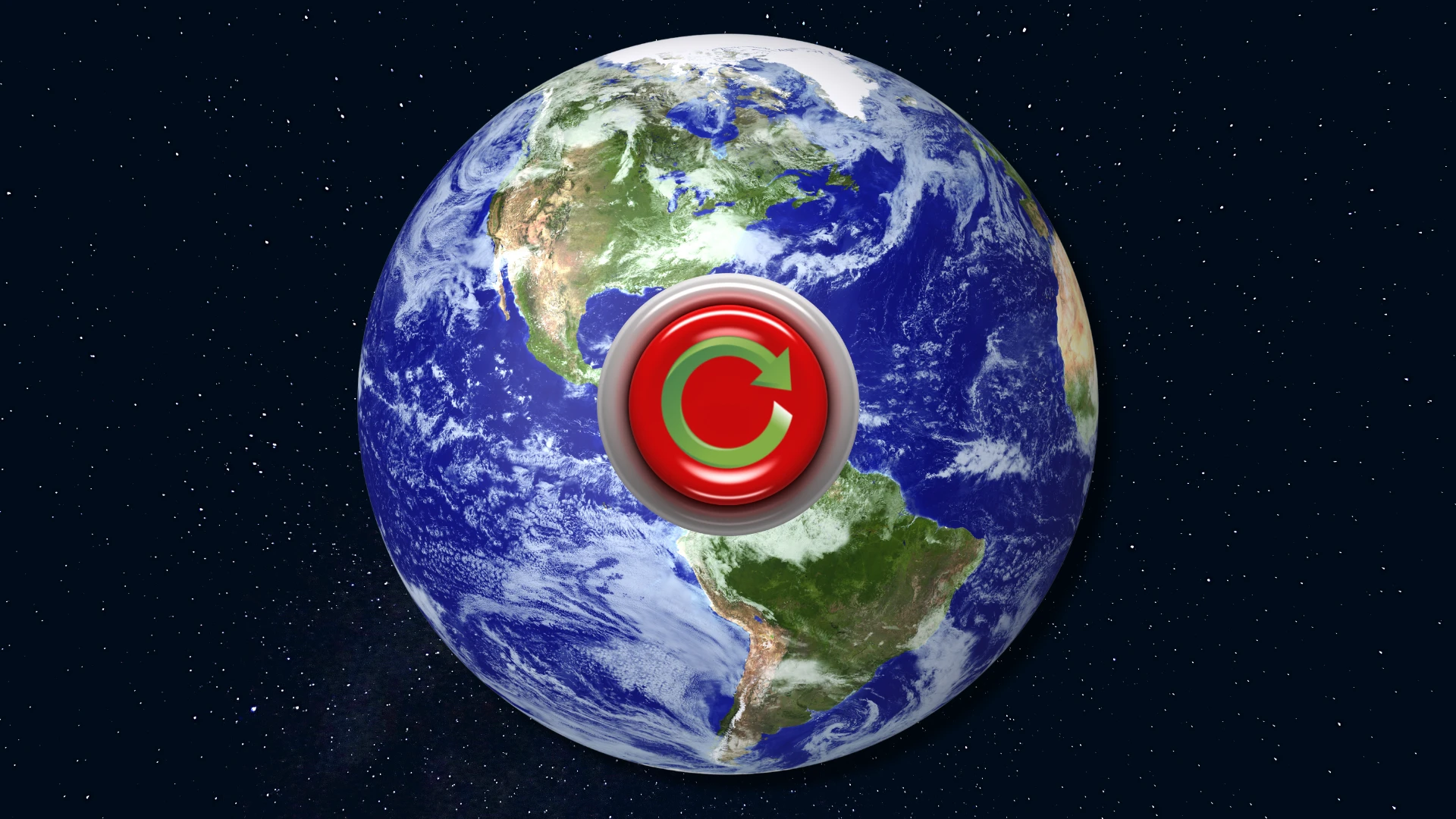
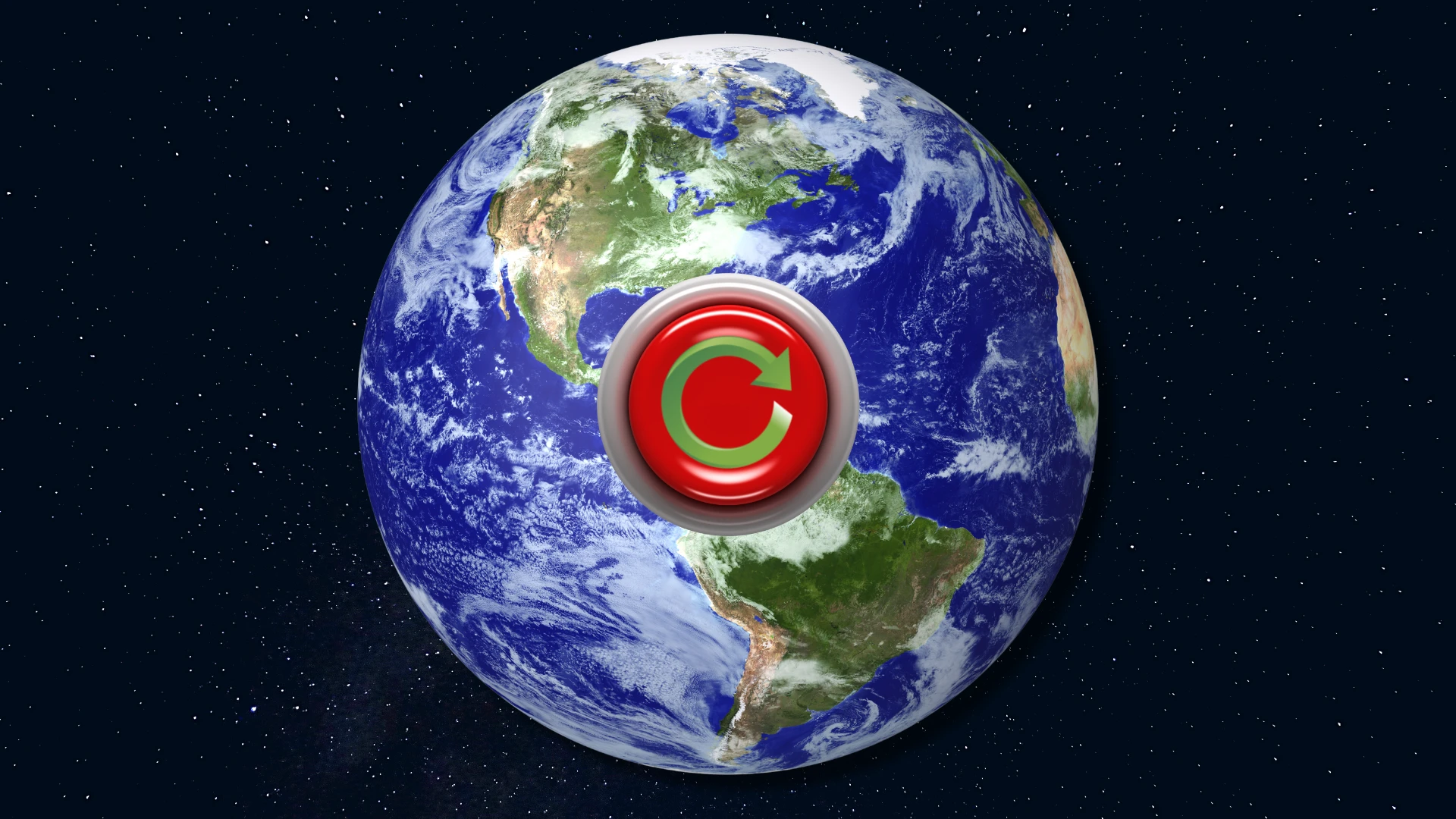
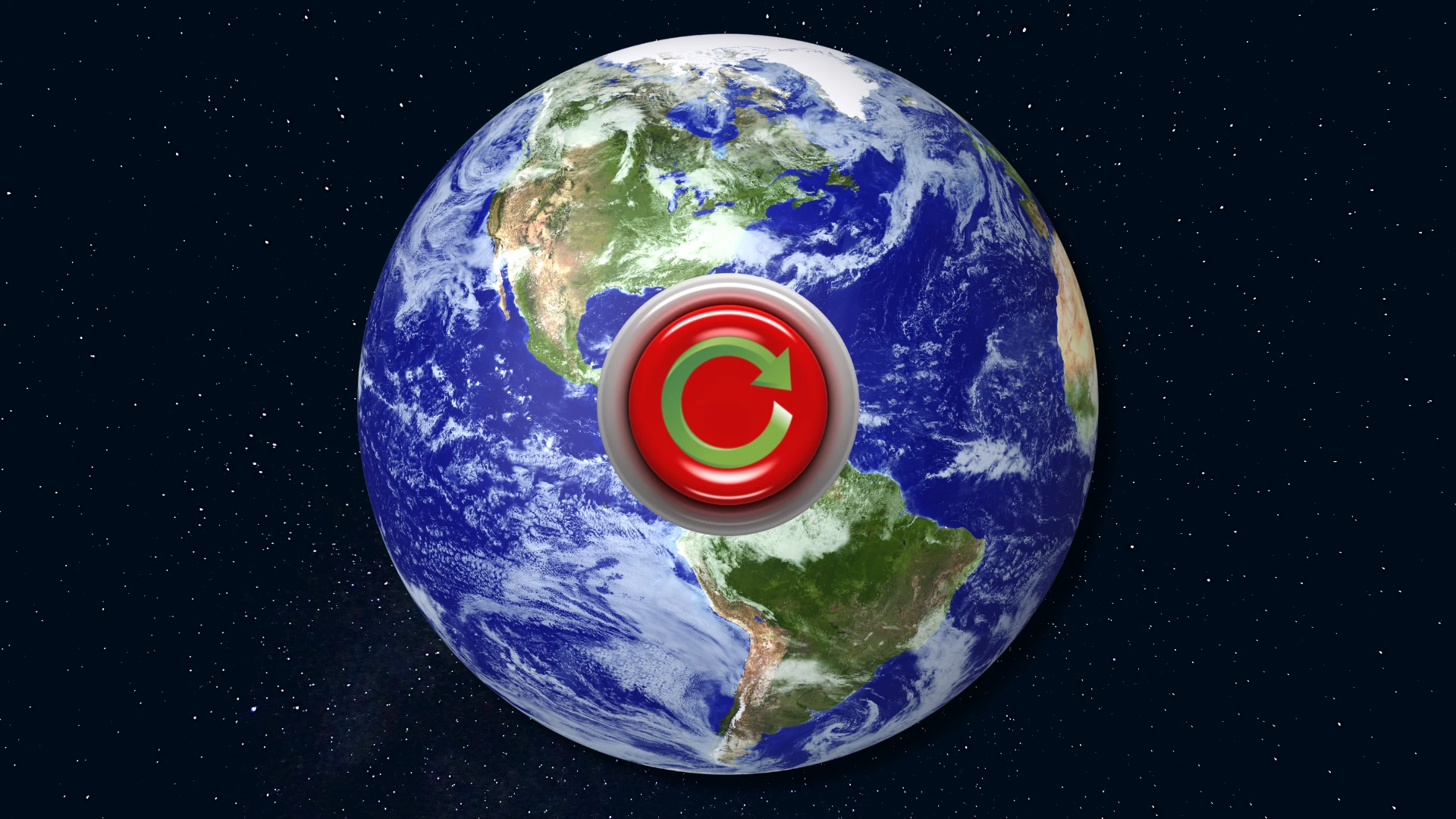
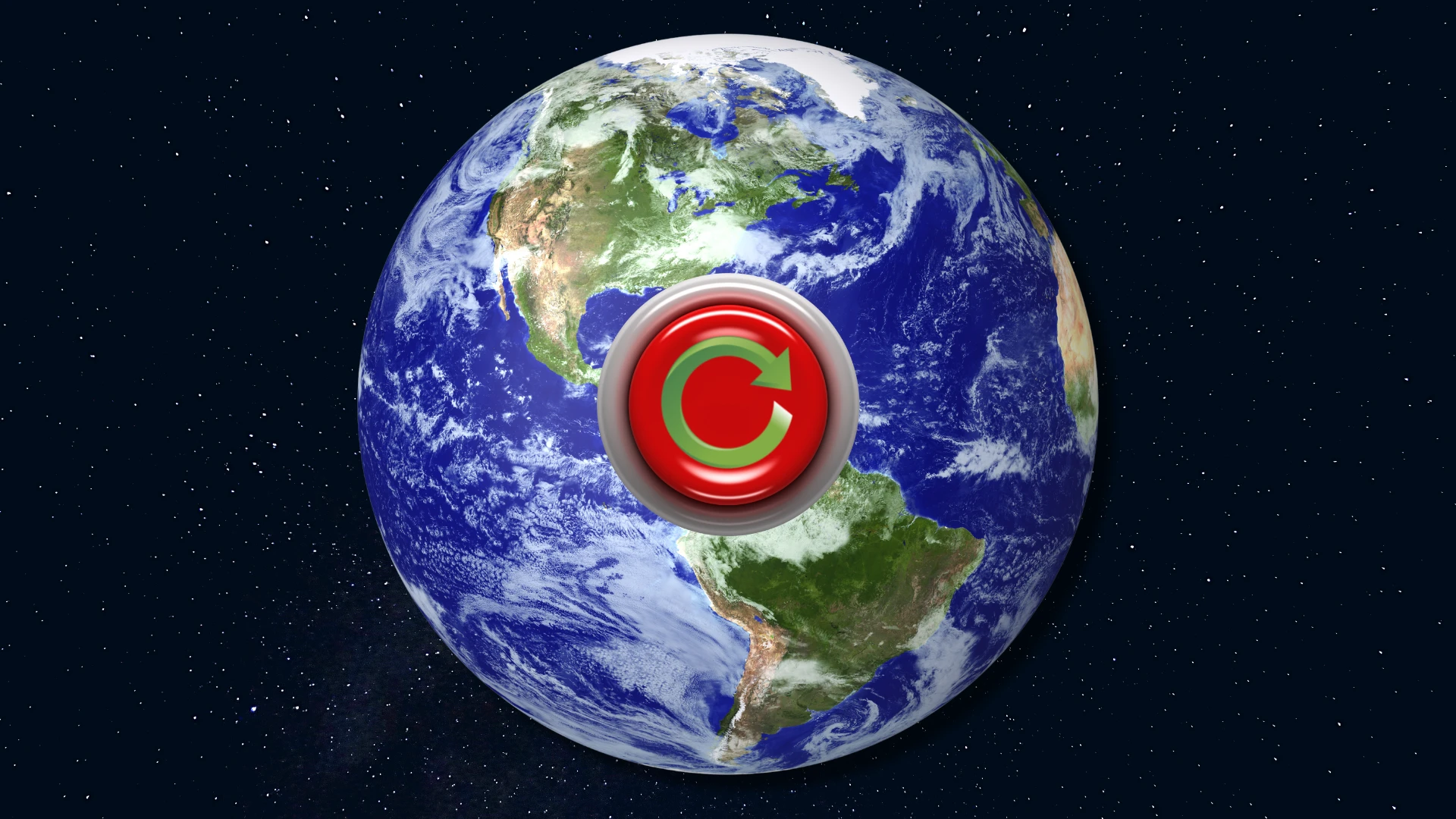


Please leave your comment below!
Moshe -5 years ago
From the description of koach hamisaveh that emerged from the maamar this morning, one might
imagine that if we go back to the koach hamisaveh then we are going back to a beautiful and romantic
place where there is a deep and profound yearning for love and attachment. Yes, of course there is
some pain, sadness and tears in that place, but in a way, it sounds almost quaint and charming. The
koach hamisaveh is just a hop, skip and a jump away from the addiction, so why not just go to the koach
hamisaveh instead.
In reality however, the real truth of this maamar is that the koach hamisaveh is a place of searing, brutal
and unimaginable traumatic pain. The place of our deepest yearnings must be the place where the
unreality of non-existence becomes a reality. In my koach hamisaveh I confront my deepest desires and
therefore my deepest reality – I am alone and separate from Ein Sof. And what could possibly be more
painful and traumatic than separation from Existence? Koach hamisaveh is the deepest and most honest
place of my desires and in the core of that place I need to fully and honestly acknowledge who I am and
who I am not. The cravings and yearnings in that place are pure, unadulterated and raw, and therefore
so are the emotions. There is nowhere to hide and no ability to deny or lie.
But it gets worse, because in that place of pure desire, where the past and the future need to be faced
without any protection, I need to face the reality that there may actually be no solution to my pain.
What’s the “solution” to the past? How do I “solve” all the pain and damage that I’ve caused to myself
and others? How do I “solve” years and years of living with a vast distance between myself and what I
deeply value? How do I “solve” the fact that I’ve allowed countless opportunities to slip away –
opportunities that will never come back? How do I “solve” the relationships that I’ve irreparably
damaged – sometimes with people who are no longer alive? How do I “solve” all of the destruction and
devastation that I’ve created in my universe? If I fully and honestly confront my deepest yearnings, then
I must also fully and honestly confront the reality that the past may have no “solution”.
And what’s the “solution” for the future? Has not the accumulation of all the lost opportunities and
failures of the past combined to forever limit who and what I can become? How do I “solve” dreams that
have been utterly shattered forever? If I fully and honestly confront my deepest yearnings, then I must
also fully and honestly confront the reality that the future may have no “solution”.
Fully engaging with the koach hamisaveh within the context of a world of past and future means sitting
inside a reality that has no solution. It may seem like the addict is choosing a poor solution and needs to
find a better solution. But what if the addict is choosing the only solution.
Teshuva is the “solution” for a reality with no solution. When I can touch my deepest awareness and
transcend the frantic finite movement of ratza v’shov then I can touch the Infinite and watch as past and
future melt into a timeless present. Teshuva is not a solution. Rather, teshuva takes me to a place that
transcends solution, where solution is not necessary, even irrelevant. Teshuva allows me to become one
with my koach hamisaveh and to rest inside the enormous pain that arises organically from the place of
my deepest and truest desires.
But since teshuva does not allow for a solution, all that’s left for me to do is cry. Teshuva brings me to
tears. In teshuva I cry – loudly and deeply. But from that timeless place of teshuva, I no longer cry over
unresolvable regrets about the past. Nor do I cry over shattered dreams of my future. Rather, from that
deep and timeless awareness of self and Infinity, from that place of teshuva, I experience all of my pain
– past, present and future – as the pain of a deep and timeless disconnection from Ein Sof. It’s from that
place of timeless pain that I cry. And in that cry, with those tears, I find my deepest and most timeless
connection to Ein Sof.
Reply to this comment.Flag this comment.
hindel -5 years ago
So rich
As rich as it gets.
Reply to this comment.Flag this comment.
Moshe -5 years ago
The yetzer hora is like the zona
Who is loyal to and works for the king. She tries hard to trap the prince but really wants him to succeed and pass. The prince doesn't know this, i.e. that she is loyal to the king, just doing her job, and is like a spy.
Reply to this comment.Flag this comment.
Moshe -5 years ago
The power behind an aveirah is itself neutral and can be utilized for good
Like Resh Lekesh.
"Your koach should be for good" he was told by his future brother in law when he was still a gangster
Reply to this comment.Flag this comment.